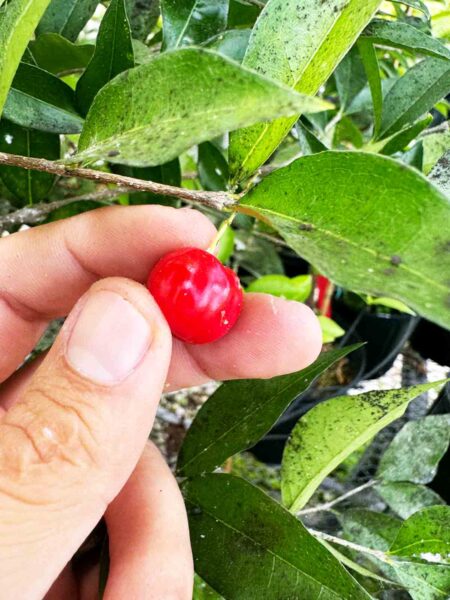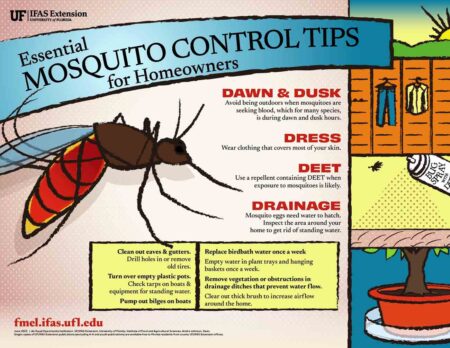NICEVILLE, Fla. — The weed and feed concept is very popular. Fertilizing a lawn and controlling weeds at the same time sounds like a winning combination. But be cautious, it’s not foolproof.
When the herbicide (weed killer) in a weed and feed product is a preemergent, the product must be applied prior to weed emergence. Applying a preemergence herbicide, after weed emergence (when weed seedlings are visible), will have little or no effect.
In general, a preemergence herbicide should be applied during February to early March in North Florida (when day temperatures reach 65° to 70°F for four or five consecutive days). This will be just before the summer annual weeds begin to emerge.
Many common weed and feed products contain fairly high amounts of nitrogen fertilizer. Nitrogen stimulates top growth in lawns. Applying a high nitrogen fertilizer too early increases the likelihood of frost/freeze injury to the tender new growth promoted by the early nitrogen application.
If the weed and feed is applied mid-February to early March (as a preemergence), it’s too early for the fertilizer. If it is applied mid-March through April (as a fertilizer), it’s too late for the preemergence.
Additional concerns with the weed and feed approach:
- Does not lend itself to spot treatment of small weed-infested areas in a lawn because the fertilizer portion is typically applied throughout the lawn.
- Does lend itself to blanket application of the herbicide, even where weeds aren’t a problem. Again, because the herbicide is mixed with the fertilizer.
- Herbicide can easily end up on paved surfaces and ultimately in waterways.
- Many weed and feed products contain too much nitrogen and too little potassium.
- Herbicide in many weed and feed products can injure nearby trees and shrubs.
- Overuse of some preemergence herbicides can result in stunted lawn roots.
- Preemergence herbicides can interfere with lawn grass seed germination.
- Some preemergence herbicides can severely injure newly sprigged lawns.
Give these considerations some thought and you may decide to do your weed control and fertilization separately.
It is the user’s responsibility to read and follow all label directions and precautions when applying any pesticide, including herbicides.
Larry Williams is the Extension horticulture agent with the Okaloosa County Cooperative Extension Service, University of Florida. Contact Larry at 689-5850 or email lwilliams@myokaloosa.com.




